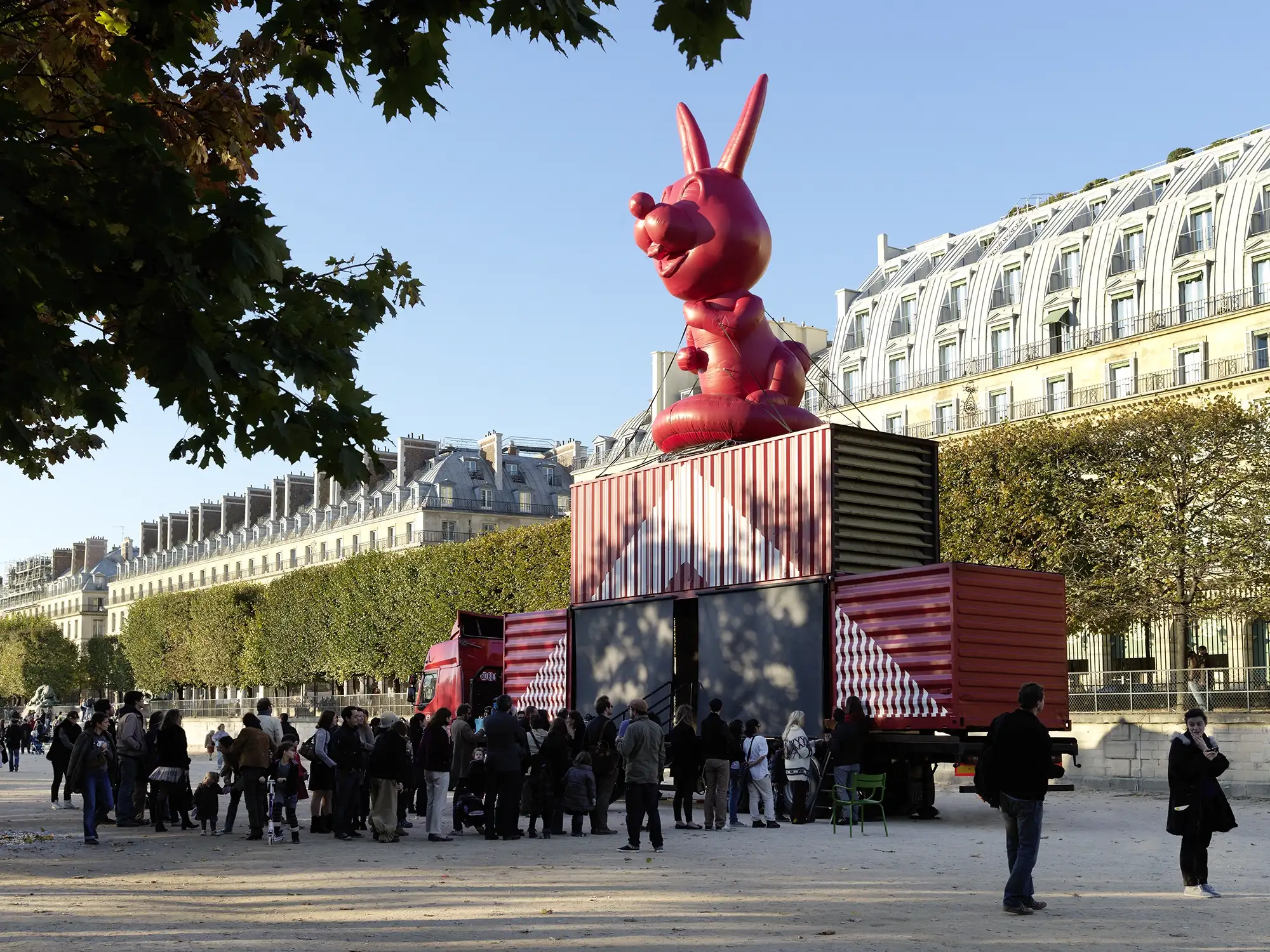


The Mobile Museum
250 000
80% of children welcomed
+500 works
8 countries
850
50% of stops
The origins of the project
About the project
The construction of the original MuMo was financed by the Bolloré Group, while that of the MuMo - Frac was undertaken by the Daniel and Nina Carasso Foundation, with the support of La France s'engage. Construction of the MuMo - Centre Pompidou and the CinéMo was financed by the Art Explora Foundation. The French Ministry of Culture supports the annual tour of the Musées Mobiles.


Interview with the founder
Why did you create MuMo?
Ingrid Brochard: "I conceived the project when I was 33. I'd just sold my company and had just returned from a 3-month crossing of Antarctica on a scientific ship between the ice floes and the silence. I wanted to be useful, to make art accessible to children, something I had missed so much as a child in my native province. And I said to myself: how can we bring art to them? I remembered the bookmobile I'd waited for impatiently as a child. I remembered the Klaxon of the travelling grocery store that passed through my grandmother's village in the Cher region, and the travelling cinema. That's how the idea for MuMo was born. Since 2011, the MuMo has visited 250,000 visitors, first in France - from Saint Venant in Pas-de-Calais to the outskirts of Marseille - then in Africa, in Côte d'Ivoire and Cameroon.
We thought the adventure would last a few years. The MuMo has been running 5 days a week, 40 weeks a year... for almost 15 years. Today, we are supported by the French Ministry of Culture, the Prefectures, the Ministry of Education, Higher Education and Research, local authorities and numerous patrons. The strength of the MuMo lies in its ability to unite all these players around this unifying project, and to have succeeded in creating a territorial network that makes it possible, both literally and figuratively, to bring art to the public square. In this way, art travels to become accessible to everyone, whatever their geographical, social or economic situation.
At each stop, an extraordinary encounter is created with children who discover the works, then create their own, before showing the exhibition to their parents, grandparents or neighbors, as well as to the shopkeepers in their village or neighborhood. This is the magic of the MuMo: to awaken the eyes of thousands of children and adults in a direct face-to-face encounter with art, to bring together residents for whom art is an unsuspected meeting point, to create links, loosen tongues and make life more beautiful."

.svg)




